
Danger, Danger High Voltage!
After checking that the hardware worked properly, the teams started to modify both the motherboard and the graphics card.There was very little variation in the way that the MSI P45D3 Platinum motherboard and GeForce 9800 GTX+ graphics card were modded, as all of the overclockers completed the same basic voltage modifications.
All of the competitors completed one voltage modification on the motherboard (presumably the vDroop mod to ensure a more stable CPU voltage when loaded) along with two volt mods on the graphics card – one for vGPU and another for vDDR.
Team Turkey got straight on with the motherboard modding without removing the heatsinks, while team Taiwan (Coolaler) decided to strip the board down to complete the mods. After the modification is done, it’s important to set the variable resistor to the right value, otherwise you can end up sending both the motherboard and CPU for an early bath as soon as the system is turned back on.
The graphics card mods were similar and basically involve tricking the PWMs into supplying more power by overriding the amount of voltage supplied to the controller. Here, you can see a couple of examples of the guides that the teams used – a close up photo with MSPaint guidelines for where the variable resistor needed to be connected was the most popular guideline used, but at least one of the teams just had the pin numbers written down instead.
Despite this, the mods used by all teams were essentially the same – it was a matter of how high they dared push the voltages in order to obtain the best overclock possible. In the bottom two pictures, you can see team China completing the graphics card mods, using hot glue to secure the variable resistors onto the back of the card so that they were easily accessible when it came to tweaking the voltages mid-overclock.
One of the teams that seemed to do things a little differently was team Greece, who spent a lot of time modding their board. The team worked very methodically and as a result their board was probably the cleanest of the lot – potentiometers were attached to the board in easily accessible positions and the team had done an additional mod to stabilise power to the PCI-Express slots, which was something no other team deemed necessary.
Part of the competition was a feedback session for MSI in order to help it make better boards in the future. As a result of this, once the teams had finished modifying their motherboard and graphics card, MSI took a photograph of the modifications and asked each team to explain what the mods changed and how the overclockers felt they improved the boards’ robustness.
And with that out of the way, it was time to get ready for the cold stuff...

MSI MPG Velox 100R Chassis Review
October 14 2021 | 15:04



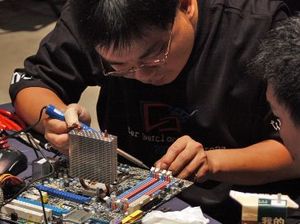
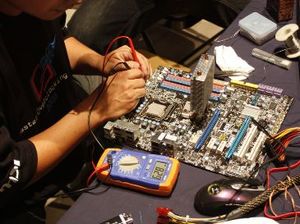
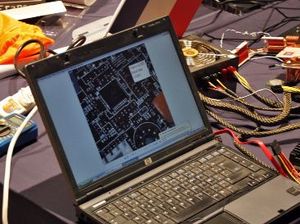
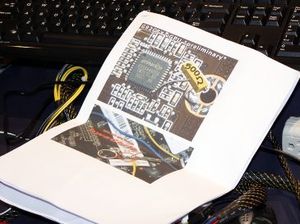

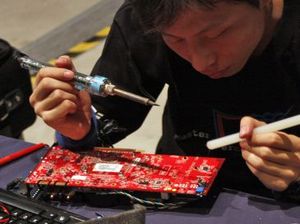
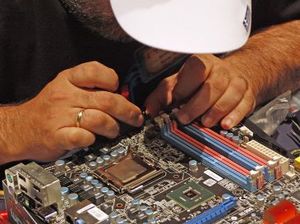

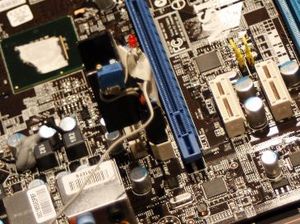
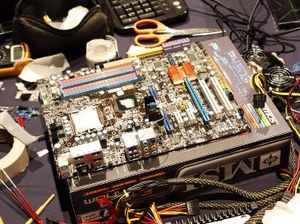







Want to comment? Please log in.